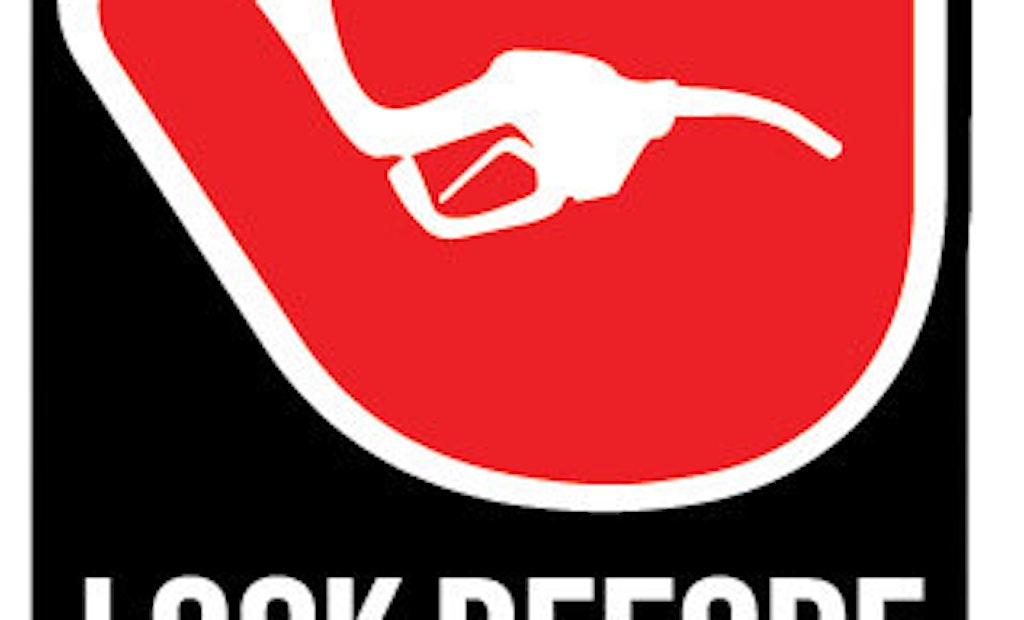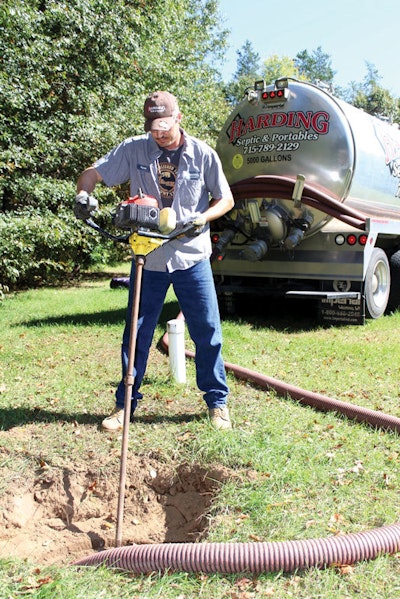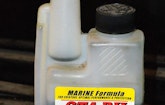
Interested in Accessories?
Get Accessories articles, news and videos right in your inbox! Sign up now.
Accessories + Get AlertsWould you? Could you? Should you use ethanol-blended, oxygenated fuel in your small engine?
The short answer is yes, but …
Today’s spark-ignited, carbureted engines used in pumps, generators, weed whackers, lawn mowers, chain saws, Crust Busters, snow throwers, power washers, concrete saws and similar equipment are designed to run on E0 (100 percent gasoline) to E10 (10 percent ethanol, 90 percent
gasoline) fuels.
The devil, as they say, is in the details. Even ethanol-free fuels can be harmful to your small engine if not stored properly.
DON’T BLAME THE FUEL
“A lot of things get blamed on ethanol, but it’s not really ethanol’s fault,” says Mike Rickey, senior manager, Honda engines.
Fuel naturally degrades and becomes stale over time. Running an engine on stale fuel is the leading cause of carburetor failure. Stale fuel also leaves gum and varnish on piston rings that can cause engine failure. Stale fuel, however, has been a problem long before blended gasoline.
“Fuel can get stale in 30 to 60 days,” Rickey says. “We recommend people only buy enough gasoline to last one to two months and add a fuel stabilizer to the storage container, even if you’re going to use it fairly quickly.”
A word of warning: While stabilizer extends the shelf life of gasoline, it doesn’t “refresh” or reconstitute stale fuel.
Two natural enemies of blended fuels are air and water, which quickly break down improperly stored gasoline.
Honda recommends storing gasoline in an approved clean, plastic, sealed container. Make sure the vent, if equipped, is closed to prevent air and moisture from entering, and keep stored fuel in a cool location away from direct sunlight.
“Ethanol, as it hydrates, gets more aggressive toward metal components,” says Martin Radue, senior staff production engineer for Kohler engines. “That’s going to drive more corrosion in the fuel system.”
SHAKE BEFORE FILLING
Given the opportunity, each gallon of ethanol-blended fuel absorbs about 3/4 of an ounce of water. Upon reaching a saturation point, it begins to separate. Since ethanol and water are heavier than gasoline, the mixture drops to the bottom of the storage container.
To ensure your fuel is properly mixed, it’s a good idea to shake the container for 30 seconds before refilling your engine, says outdoor power equipment maker ECHO.
NOTHING ABOVE E10
Never run E15 or higher blends of fuel in your small engine. In addition to being prohibited by federal law, the carburetor in your small engine isn’t tuned to run on fuel containing more than 10 percent ethanol.
“Carburetors, as a general rule, have a 10 percent window for tuning, based on emission standards,” Rickey says. “When you tune a carburetor for using certain kinds of fuels, from E0 to E10 is 10 percent and E5 to E15 is another 10 percent.”
Could engines be made to run on E15 or E20 fuel? Certainly, he says.
“An engine can be designed to run on pretty much anything. If we wanted engines to run on E85, that absolutely could be designed. But the applicability of engines today is E10 or less.”
Rickey says as long as consumers follow good maintenance and storage practices, blended fuels shouldn’t be a problem, even for equipment built 10 years ago.
LOOK BEFORE YOU PUMP
That said, as more fuels are introduced to the market, service stations have begun installing pumps capable of dispensing E10, as well as E15, E30 and E85 gasoline. To help ensure you select the correct fuel for your small engine, the Outdoor Power Equipment Institute launched a “Look Before You Pump” campaign, placing red warning labels on pumps and equipment.
But even that might not be enough. Pumps dispensing multiple blends from the same system can cause contamination. The problem increases when filling small containers. For example, according to a 2010 technical statement issued by the Engine Manufacturers Association, pumps retain 0.2 gallons of residual fuel. If the previous customer selected E85, the fuel in your 1-gallon container might actually contain a 25 percent ethanol blend (E25) instead of the desired E10.
“What we recommend to people with the Crust Busters is they try to find non-oxygenated gas,” says Pete Schmitz, a partner for the septic tank agitation manufacturer. “We sell a lot of carburetors and carburetor kits because ethanol gas will literally eat the carburetor, the gas lines and the gaskets. It’s raising havoc with small engines, and it really doesn’t matter what name brand it is.”
DRAIN IT DRY
Crust Busters uses two-cycle Emak engines, which are designed to run on E10 gasoline with an octane rating of 89 or higher. Emak cautions against buying more oxygenated gasoline than you will use in one or two months. Schmitz recommends disposing of oxygenated fuel that isn’t used in two weeks and to run the engine dry if not used after that time.
Radue says if a small engine is more than 10 years old, it’s probably a good idea to seek out an E0 fuel.
“Anything 5 years old or less would have been engineered to run on 10 percent blended fuels,” he says. “You can run the 10 percent fuels in older products; you just run a higher risk.”
As with any equipment, it’s always a good practice to check the operator’s manual for the manufacturer’s recommendations.









